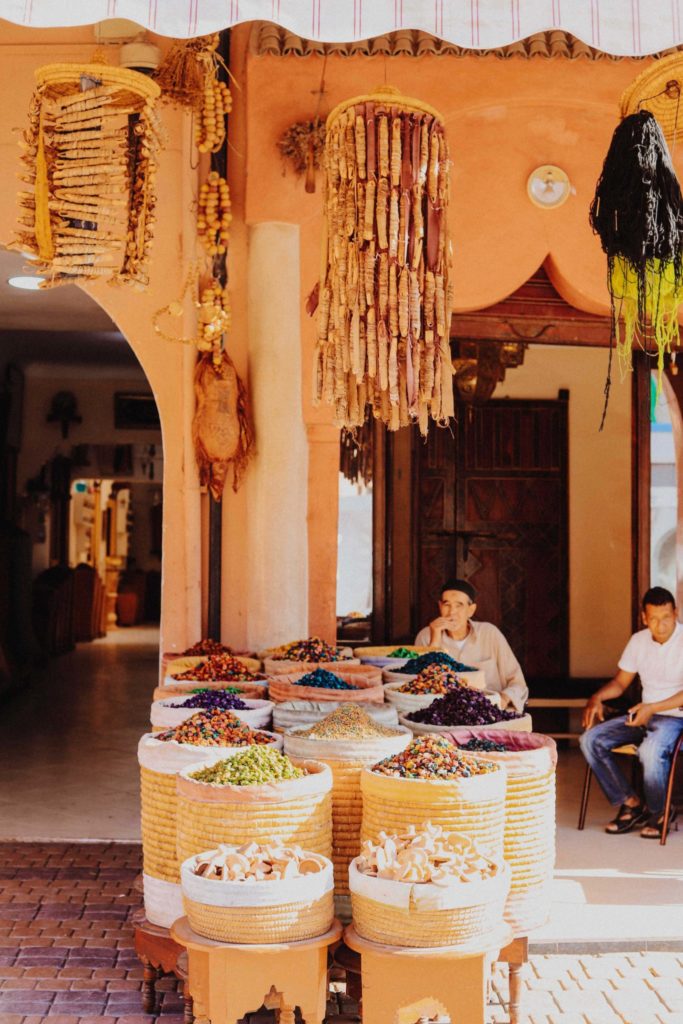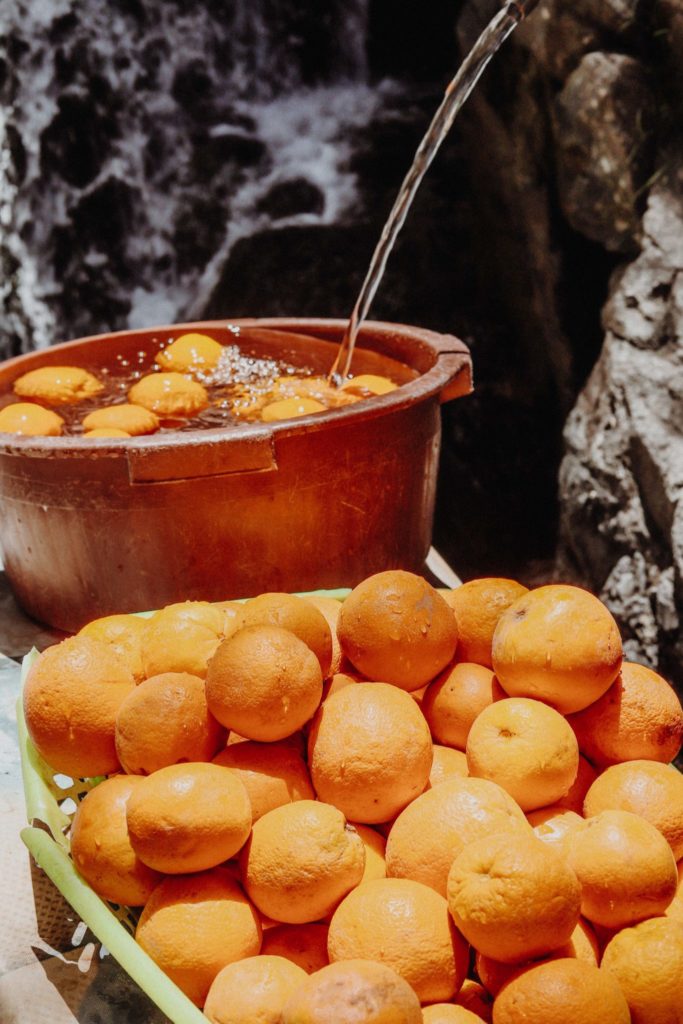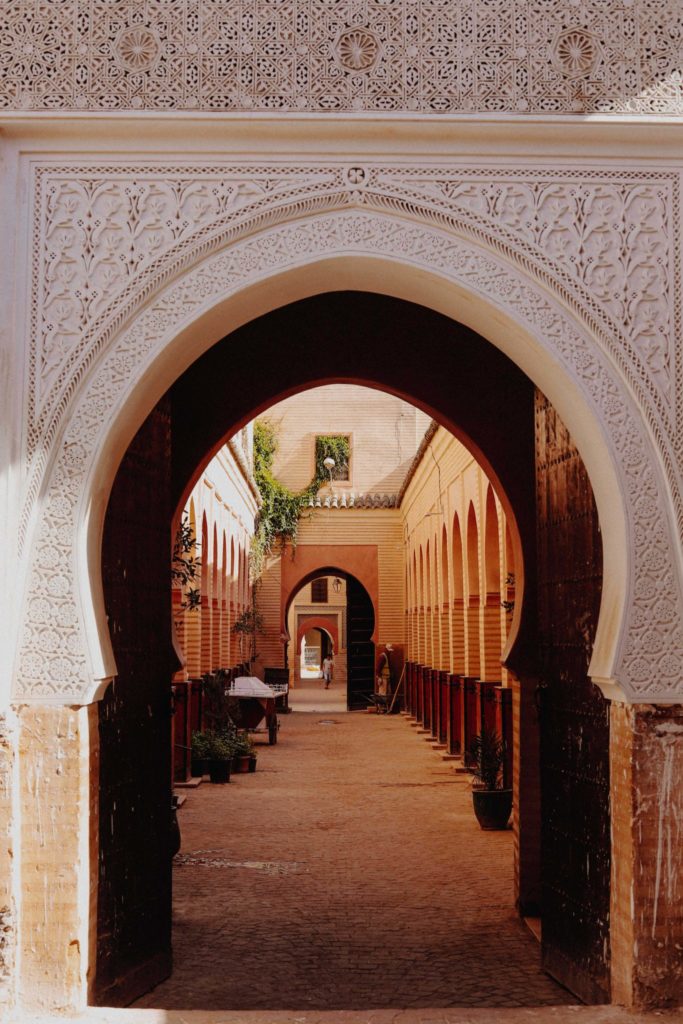- Lifestyle & Sports
- 26 Jun 19
Hot Travel: Discovering the cultural and historical delights of Marrakech

With endless cultural and historical delights, Marrakech is an unforgettable experience. Words & Photography: Ellie MacLean
Where is it exactly?
The fourth largest city in Morocco, Marrakech is located in the northwest of the Northern African country, near the foothills of the snow-capped Atlas Mountains. Home to a plethora of mosques, palaces and gardens, the city boasts a treasure-trove of wonders to marvel at. Commonly referred to as the unofficial cultural centre of Morocco, Marrakech is widely known for the maze-like alleys of its sprawling medina; the modern malls and restaurants of the Nouvelle Ville; and the luxurious, palm tree-lined villas of its Palmeraie district.
How do I get there?
Plenty of flights make their way directly between Dublin and Marrakech each day, with a non-stop flight duration of approximately four hours. With a little bit of planning, tickets purchased well in advance are on the cheaper side, with budget airline options of just under €100 for a round trip.
What language do they speak?
Arabic is the official language of Morocco, though the majority of locals in Marrakech are also fluent in French. English and local Berber dialects are spoken commonly too, as are other popular languages like Spanish and Italian.

Where should I stay?
Riads, the traditional houses in Marrakech’s medina, reign supreme. Offering accommodation ranging from luxury to low-budget, these homes capture the essence of Moroccan life, and are conveniently located in the city centre. Rodamón Hostel (Amssafah 32, Marrakesh 40000) is a traditional riad converted into a guesthouse, with a fun and modern twist. The sprawling rooftop is also home to vibrant nightlife, with a bar, music and restaurant for residents. The groundfloor patio, meanwhile, hosts a pool and cocktail bar. Rooms range from basic shared dorms to private suites with bathrooms, where guests get to combine the facilities of a quiet riad with the Rodamón’s party atmosphere. Riad Berbere (3 Derb Sidi Ahmed Ben Nasser Kaat Benahid, Marrakesh 40000) is a palatial riad found in one of the oldest sectors of the medina, which dates back to the 17th century. Afternoon tea is served in the garden amid tropical plants, while silk cushions line the patio pool. Notably, the three-course, home-cooked candlelit dinners on the roof terrace cost just €17 per person.
What’s the transport like?
Neatly divided into the medina (old town) and Guéliz (the Ville Nouvelle or new town), the city of Marrakech is easy to navigate. Taxis are readily available on the outskirts of the medina, making trips in and out of the city a breeze. Within the city, walking is the easiest and most convenient mode of transport, though motorbikes also fill the streets; if you’re confident in your ability to weave through dense traffic, the experience of darting through the medina on a bike is unparalleled.
What’s the food like?
The food in Marrakech is phenomenal, amply seasoned and bursting with flavour. And while the majority of restaurants maintain traditional Moroccan roots, several establishments boast international influence as well. Positioned in the heart of the medina, Terrasse des Epices (15 souk cherifia, Marrakech 40000) is a relaxed and warm open-air restaurant, serving the best of European-influenced Moroccan cuisine, with an emphasis on French elements. With panoramic views of the Atlas peaks and the city below, eating here is a special experience. You can also enjoy delicious Moroccan fare while giving back to the community at Amal (Rue Allal Ben Ahmed, Marrakech 40000), a non-profit organisation that trains local disadvantaged women in the culinary industry, changing their lives forever and creating five-star meals in the process. Stop by any of the stalls in the famous Jemaa el-Fna (Rue El Ksour, 38, Marrakech 40000), Marrakech’s main square and popular marketplace, for incredibly cheap, freshly squeezed fruit juice, and mounds of locally sourced dates and roasted nuts. If your trip to Marrakech coincides with any special occasions, celebrate at Comptoir Darna (Avenue Echouhada, Marrakech 40000), a high-end restaurant that serves traditional Moroccan food as belly dancers entertain guests between tables.

What are the touristy things to do?
An ancient ritual integral to Moroccan life, visiting a traditional bathhouse like Hammam Mouassine (Rue Sidi el Yamani, Marrakesh 40000) offers a moment of much-needed respite, as well as a look into local culture. Take a day trip into the Atlas Mountains, where you can hike along gorgeous waterfalls, or simply enjoy a mint tea in the historic town of Imlil (P2005, Morocco) at the base of Mt. Toubkal, the tallest peak in Northern Africa. Get lost in the maze-like medina streets, where you can purchase unique multicoloured carpets, silk kaftans, spices, antiques, lanterns, pottery and jewellery made by local artisans at the Souks Marrakech (Marrakesh 40000). Stroll through the bustling marketplace at Jemaa el-Fna (Rue El Ksour, 38, Marrakech 40000), where you can find snake-charmers, henna artists and street musicians in abundance. Or step outside the old town for a visit to the Jardin Majorelle (Rue Yves St Laurent, Marrakech 40090), a lush, two-acre botanical garden and artist’s landscape, first created by the French Orientalist artist, Jacques Majorelle in 1923. Purchased by the fashion designers Yves Saint-Laurent and Pierre Bergé in the 1980s, the villa-garden complex has been restored, and now houses the Islamic Art Museum of Marrakech, the Berber Museum and the Musee Yves Saint Laurent.
Anything else?
If you want to experience a camel ride, opt for one of the more ethical operators like those at the Agafay Desert Camp (5eme etage, Boulevard Hassan 2 Koutoubia Center 2 Bureau N 25, Marrakesh 40000), where the owners prioritise the animals above mass tourism. The Mellah area of Marrakech, which was once the city’s Jewish quarter, is also worth a visit. The Lazama Synagogue and the mellah spice market offer insight into the city’s Jewish history and culture.

RELATED

- Lifestyle & Sports
- 04 Nov 25
Winter Distilling Special: Whatever the occasion, Hennessy is Made for More

- Sex & Drugs
- 24 Oct 25
New Dealing With Drugs podcast episode out now

- Lifestyle & Sports
- 22 Oct 25
Hot Flavours: Highlights from Dublin Beer Festival – plus Jess Murphy releases The Kai Cookbook
RELATED

- Lifestyle & Sports
- 20 Oct 25
Discover European Mushrooms: Learn to make Chestnut Mushroom Soup with chef Eric Matthews of Kicky's

- Lifestyle & Sports
- 17 Oct 25
Hot Press College Roadshow 2025: Empowering Students to Recycle Correctly with Repak

- Lifestyle & Sports
- 14 Oct 25
Backlash as Irish Olympian Shane Ryan joins the controversial Enhanced Games

- Lifestyle & Sports
- 11 Oct 25
Special Report: Bohemian FC Women's Squad - Making Giant Strides

- Lifestyle & Sports
- 10 Oct 25
Hot Press College Roadshow 2025 (Photos)

- Lifestyle & Sports
- 09 Oct 25

